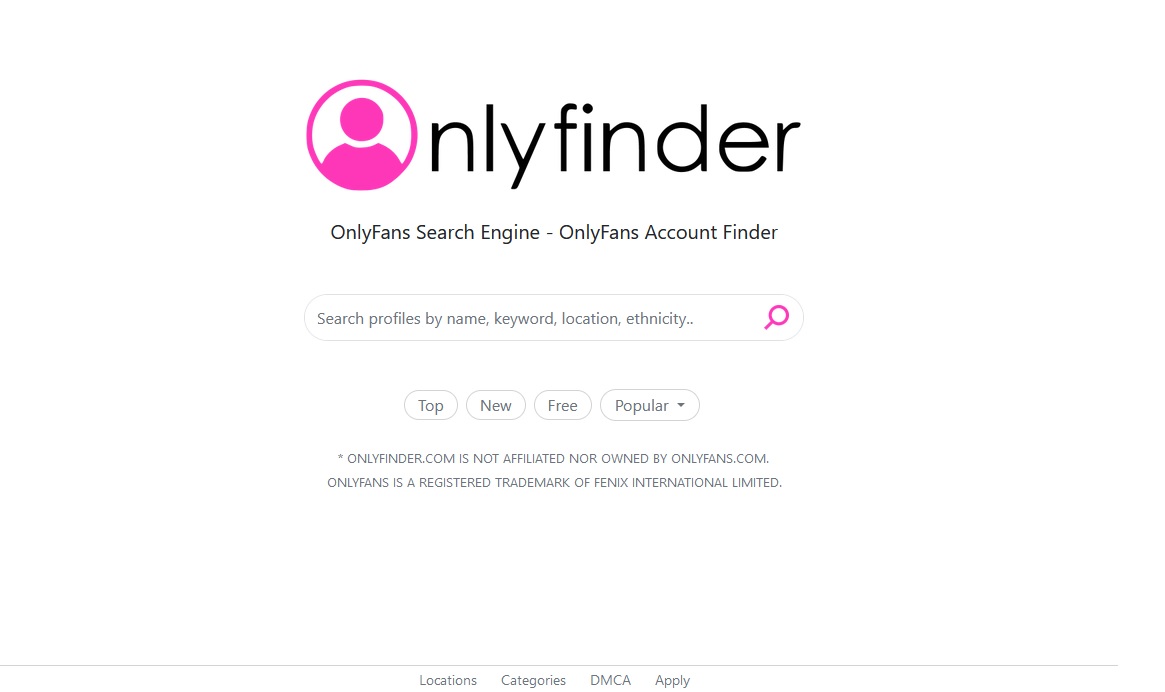You want to create a website for your business, and the first thing you need to do is choose a domain name that represents you well – it will be the first thing visitors see and the first impression you make.
Various tools can help you when choosing a domain name. You can try this tool to check if the domain name you want is available or not. The tool will also give you alternatives in case the domain name is taken.
This article will give you ten tips to choose the right domain name for your business. Let’s get started.
1. Choose a Brandable Name
Brandable names are names that are uniquely yours, catchy, and memorable. They have no specific meaning so that users can relate the word to your business easier. Therefore you should create a brand that stands out from the competition.
Avoid generic names like RefreshingSoda.com because they don’t have any meaning and won’t get anyone talking about it. Sites like Pepsi.com and CocaCola.com are brandable because they are uniquely theirs and have created a memorable impression.
2. Keep It Short
Having a short name can help it become memorable but be careful not to make it too short. The ideal length is around 15 characters. Anything longer than that can make it hard to remember. Aim to strike a balance by creating something brief but doesn’t cut off your brand’s name
Most of the short names are already taken. If you can’t find anything short, go back to the first point and make it brandable.
3. Make It Easy to Spell
You want your domain name to be shared with other people easily. This includes word-of-mouth. Names shouldn’t take people a while to understand. Instead, they should represent your brand as quickly as possible, so when people type it in the search bar, it is the first thing that appears.
To know whether your domain name is hard to spell and pronounce correctly, write it down on a piece of paper and ask your friends and family to read it out loud. If they struggle to do it, then you should simplify it.
4. Use Keywords
Using relevant keywords in your domain does help with your site’s SEO. However, using more than one keyword can result in searchers finding your website unreliable and not trustworthy. These domain names also come off generic, making it hard for people to differentiate your site from others.
If you decide to put keywords in your domain name, make sure that it is placed in the front because it will be a powerful help for your ranking, then mix it with other words to make it unique.
5. Avoid Hyphens and Numbers
Since your domain name should be memorable and easy to spell, you should avoid using hyphens and numbers. Using them will only create confusion and make it verbally harder to pronounce, making it difficult to remember.
Numbers and hyphens are often misunderstood and misspelled. When people hear your website address, they won’t know if you’re using numerals (8) or spelling (eight). They also often forget or misplace dashes.
6. Avoid Doubled Letters
It’s also a good practice to avoid using double letters in your domain name because this increases people’s chance of mistyping, resulting in lost traffic. Plus, having to spend a few more seconds contemplating the spelling is an unnecessary distraction.
For example, a domain with the name glassservice.com will be more prone to typos compared to glasscompany.com.
7. Choose the Right TLD For Your Business
Keep in mind that you should pick the right domain name extensions (TLDs). Usually, most people would go for the .com since it is the most used extension and the most memorable one. Users are likely to type .com automatically when typing a website address in search bars. If you want to play it safe, use .com.
But don’t let that stop you from picking other TLDs that fit your niche. Some TLDs are used explicitly for a niche. For example, you can use .biz for businesses and .io for gaming applications.
You can also try out new, flashy domains like .store for an online store or .tech for a tech startup site. This can be easier to remember since they directly relate to what you’re doing on the website.
8. Check If It’s Trademarked
Now before you decide to use a specific domain name, check first whether the name is available on social media and whether a trademark is already registered under that name. The last thing you want is for someone to file a lawsuit against you for copyright infringement resulting in you giving up your domain.
Search engines can also mistake your site with another domain name if both have a name similar. This will result in your website showing up on irrelevant result pages.
9. Use a Domain Name Checker
You might wonder whether the domain name of your choice is taken or not, and searching for individual domains is time-consuming.
Luckily, there are domain name checkers. These are tools that can check whether or not the domain name you want is available or not. Furthermore, the devices can also generate new and unique domain names.
To do this, on the landing page, just type in your site’s theme. Then, the site will give you the names available for registration.
10. Act Quickly and Register the Domain Name
Once you do have the right domain name that fits you, you should immediately register it. This can be done by purchasing it through domain name registrars.
It’s a straightforward process. All you need to do is go to an ICANN certified domain registrar of your choice, type in the name you want to register, and pay a small fee, which needs to be renewed every year.
Conclusion
Now you know the steps to choose the right domain name for your business. All you need to do now is actually to find the right domain for you and register it. Remember to follow the steps thoroughly and if you’re ever stuck with ideas, use a domain name checker for help. Good luck.








Add Comment